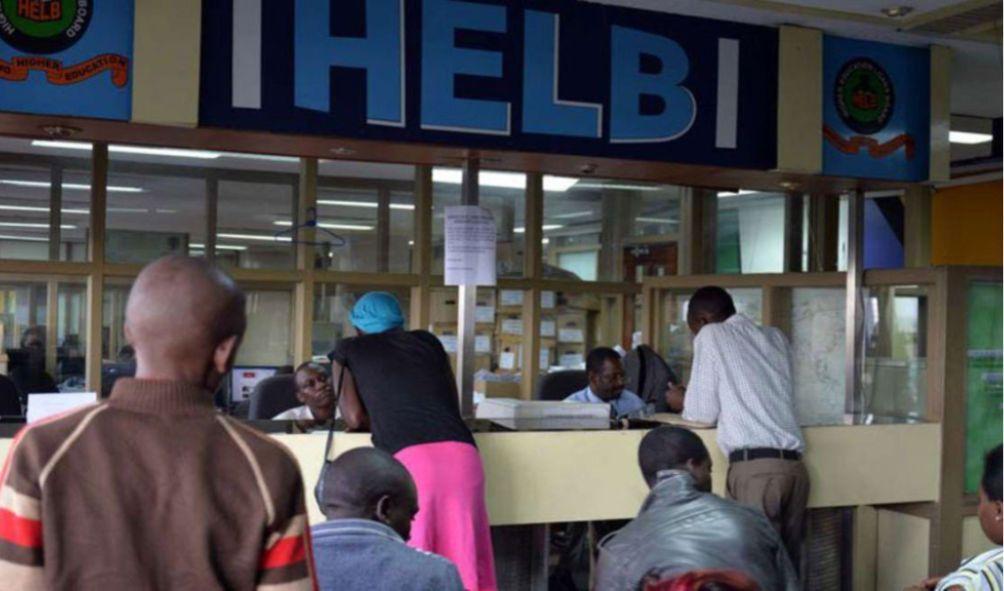HELB Announces 57 Recipients with Revoked Clearances
On Tuesday, the Higher Education Loans Board (HELB) revoked the clearance certificates of 57 Kenyans.
Although the agency did not disclose the specific reasons for these revocations, it is standard procedure for HELB to revoke these certificates if they were illegally obtained or issued in error.
In a statement seen by PoliticalPulseChat, the board advised all affected individuals to contact HELB for further information or consult the agency’s website.
“This is to notify the public that the under-listed HELB clearance certificates have been revoked with immediate effect,” read part of the statement.
Individuals who have completed their loan repayments or who did not receive a loan from the board are awarded the certificates.
Actively reimbursing loan beneficiaries receive free compliance certificates.
The certificates serve a dual purpose, allowing holders to secure employment and qualify for additional loans.
ALSO READ: HELB Launches New Website for Loans: How to Apply
Through the eCitizen platform or the HELB portal, accessing these certificates, whether for loan clearance or compliance, is a simple process.
For Kenyans who have not met their loan repayment obligations but require a compliance certificate, a one-time payment of Ksh4,500 or a three-month payment of Ksh1,500 is required.
Employees are advised to provide their certifications to their employers to prevent ongoing loan repayment deductions.
During the hiring procedure, employers typically require several documents, including the HELB compliance certificate.
In addition, candidates might require documentation from the Ethics and Anti-Corruption Commission (EACC), Credit Reference Bureau (CRB), Kenya Revenue Authority (KRA), and Directorate of Criminal Investigation (DCI).
The primary objective of HELB loans is to provide financial assistance to students pursuing higher education.
The government has recently implemented a new funding model for students’ education that allocates funds based on their individual financial requirements.
This paradigm for funding higher education categorizes students as vulnerable, less vulnerable, needy, and less needy.
HELB Announces 57 Recipients with Revoked Clearances
